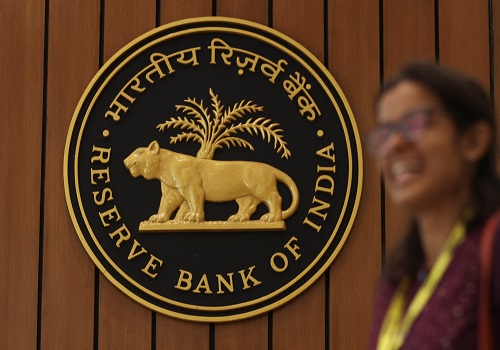India bond flows may hit $50 billion if other indexes follow JPMorgan - ICICI Bank`s B. Prasanna

Passive inflows into Indian bonds could rise to as much as $50 billion over the next 12 months if other foreign indexes add the country's debt to their benchmarks, a top treasury official at ICICI Bank told Reuters on Friday.
Earlier in the day, JPMorgan said it would include India in its global emerging market bond indices over 10 months starting June 2024, triggering close to $24 billion in flows.
Besides JPMorgan, FTSE Russell and Bloomberg Barclays also have emerging bond indices that could consider including India.
That would take the flows to about $40 billion to $50 billion, enough to take care of a third of the estimated 12 trillion rupees (nearly $145 billion) in government net borrowings for next year, estimated B. Prasanna, head of global markets at ICICI Bank.
The government is targeting a fiscal deficit of 5.9% of GDP this financial year and will borrow 11.8 trillion rupees on a net basis.
"Even without accounting for flows from the other indices, 16%-17% of new government supply of bonds will be taken up by index investors," said Prasanna.
"That takes away the demand-supply mismatch and caps the upside in yields."
As foreign investor participation in Indian bonds rises, it will also reinforce the need for stringent fiscal discipline by the government, he said.
The 10-year benchmark 7.18% 2033 bond yield dropped seven basis points (bps) to 7.07% in early trades on Friday. It was last at 7.12%.
If global macros were favourable, yields would have dropped 25-30 bps drop, but higher global yields and oil prices have dampened the effect, said Prasanna.
He expects the yield to move towards 7%.
Large foreign flows will also give the rupee an "appreciating bias" but the central bank's interventions may weigh, he said.
Typically the Reserve Bank of India steps in to absorb large foreign flows to avoid an over-valuation in the rupee. ($1 = 82.8851 Indian rupees)




















